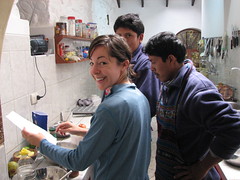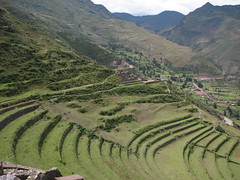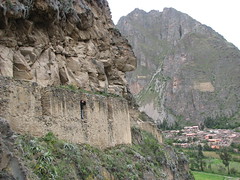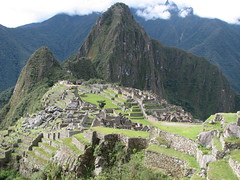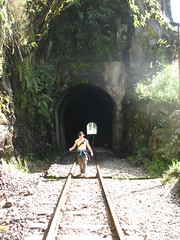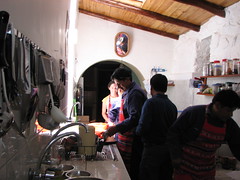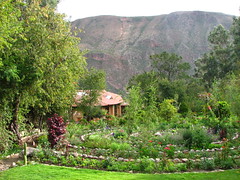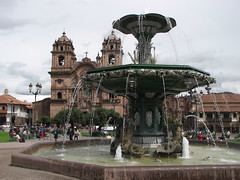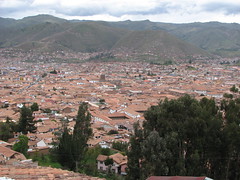Leaving Wilka T’ika
We have tied up our loose ends and have finished our volunteer stint at the yoga center. It is bittersweet for me because there is so much more that I would like to teach the staff but we have a flight to catch in a few days and are homesick for American culture like we never thought possible.
My time at the yoga center was great. I had a chance to work on my meditation skills, read a bunch and slack off in the yoga department, as usual. I’ve learned a lot teaching cooking and really enjoyed the teaching aspect. I hope to carry that passion with me, perhaps I’ll be teaching classes for PCC or something. It’s really enjoyable to cook, but sharing that knowledge is more satisfying than I thought possible.
I left the staff with a number of recipes (in spanish!) and I hope that they can follow the recipes once I am gone. This center is a slice of heaven in the Sacred Valley, which I don’t think we would have noticed had we done the gringo trail, see a few ruins and move on. Spending some time in this valley made me realize it’s different than the rest of Peru. Sure, life is slower and communication is still difficult (and in general sanitation doesn’t exist–except the yoga center, of course) but they have irrigation canals with fresh water from the mountains, gardens and gorgeous mountain views. It’s really quiet once you are away from the town centers and we felt safe everywhere we walked.
We had the opportunity to visit a small mountain village that is part of WT’s Childrens’ Fund and that was really nice. The children, all dressed in traditional garb, ran to meet the bus, throwing flower petals on our heads, handing us bouquets and leading us by the hand to their schoolyard. They sang songs and danced for us, and we (along with a group of Missoulans) sang a few songs for them. We got to see their schoolrooms that previous groups had donated money to build/fix up and their guinea pig house, where they raise guinea pigs and sell them. The government isn’t really there for the students or teachers. The teachers were sleeping 6 in a room (2 beds) before Wilka T’ika got involved and now there is lodging for the teachers. The government recently cut the funding for a hot lunch (meaning the kids only had one potato for breakfast, 1-4 hour walk to school, nothing, walk home in the dark and finally eat something else). The owner of WT set up a food program with the help of her guests and now the children get something to eat during the day. I think it’s great she’s built an oasis in the valley for yoga groups to come to but it’s even cooler that they are reaching out to the local poor communities and improving the children’s educational and nutritional needs. I am honored that we were able to be even a small part of it all. I hope we have the time to make a return visit one day.
